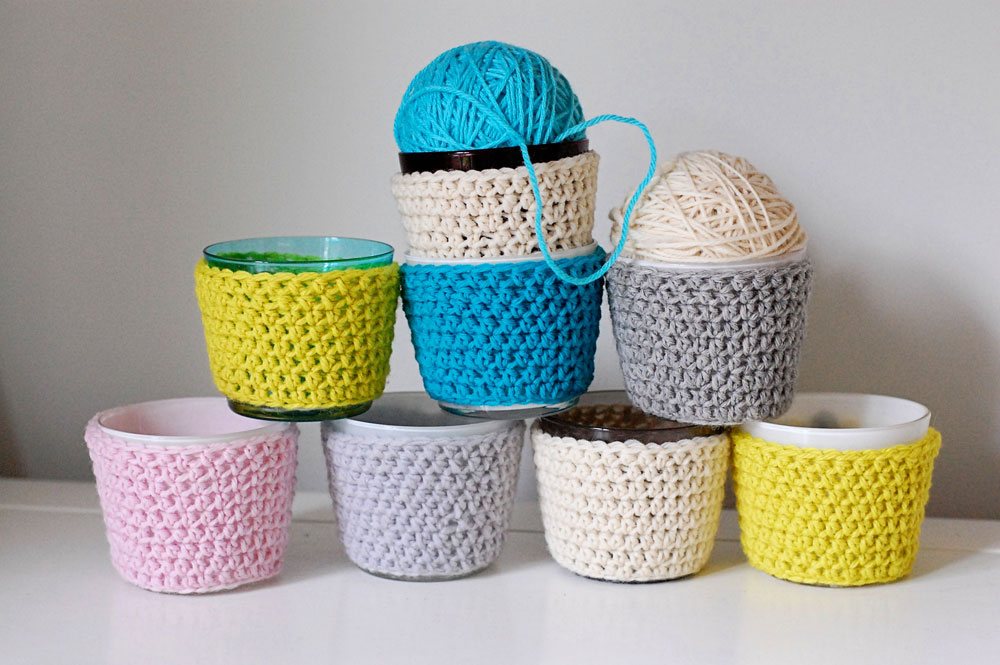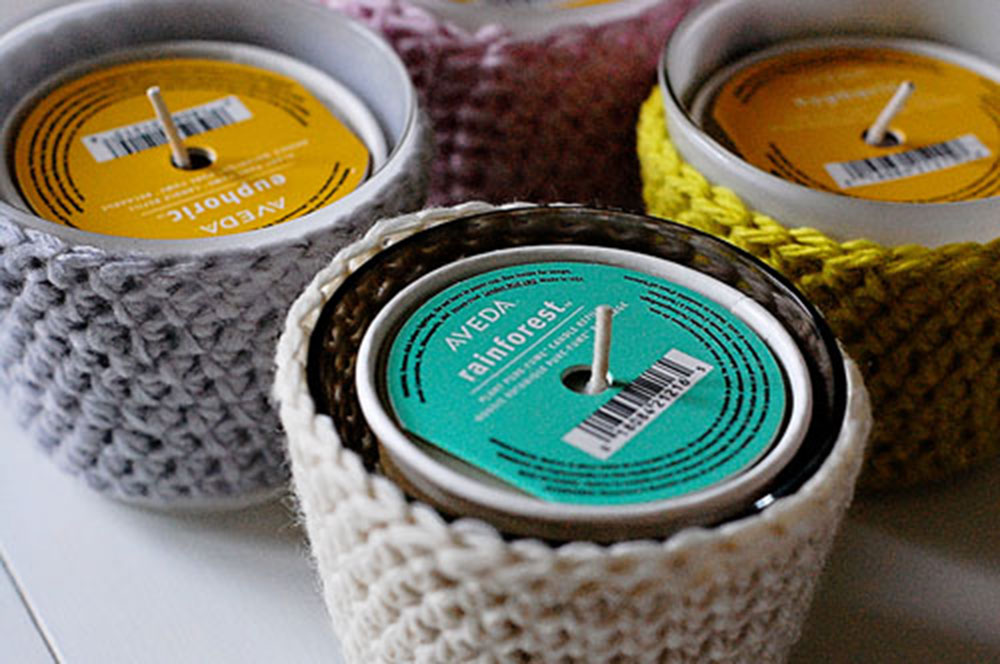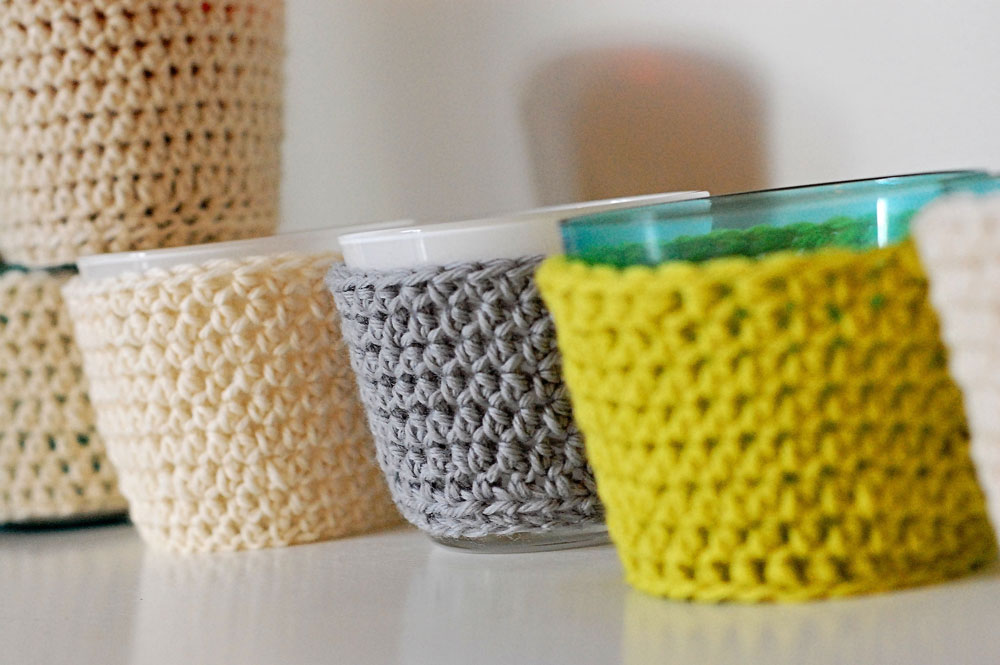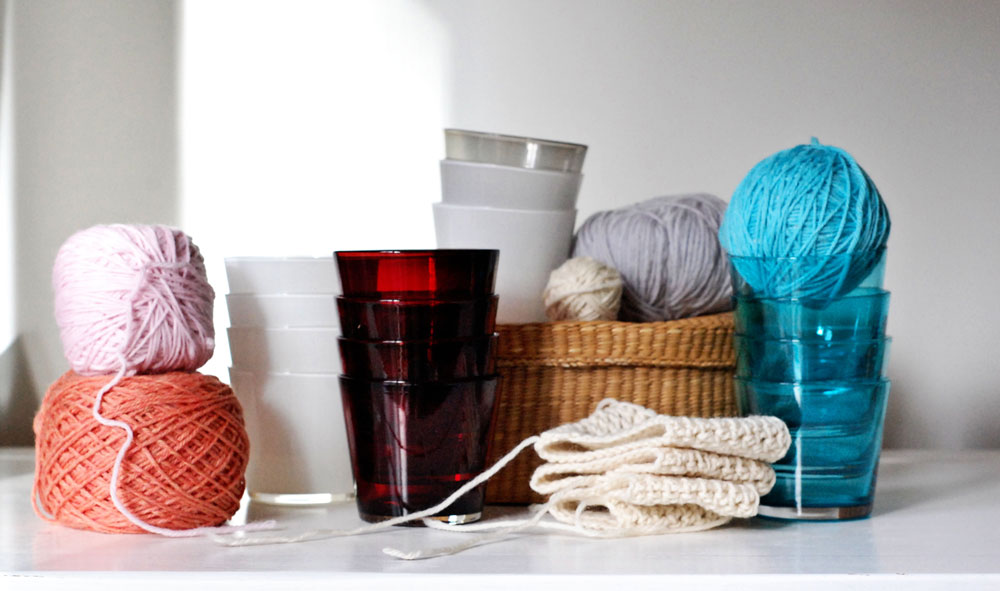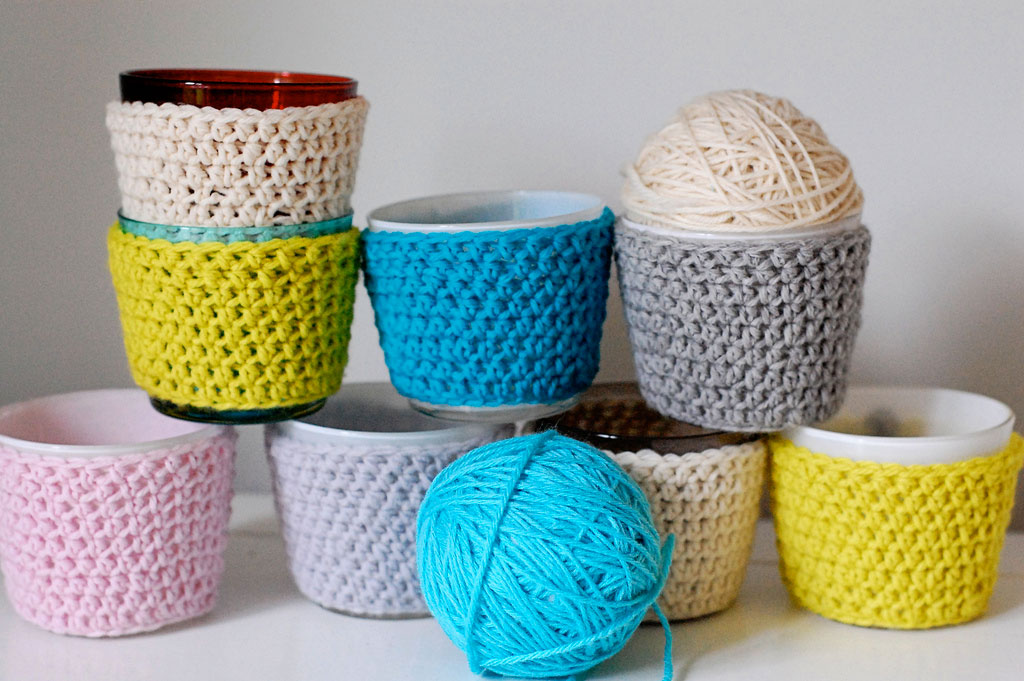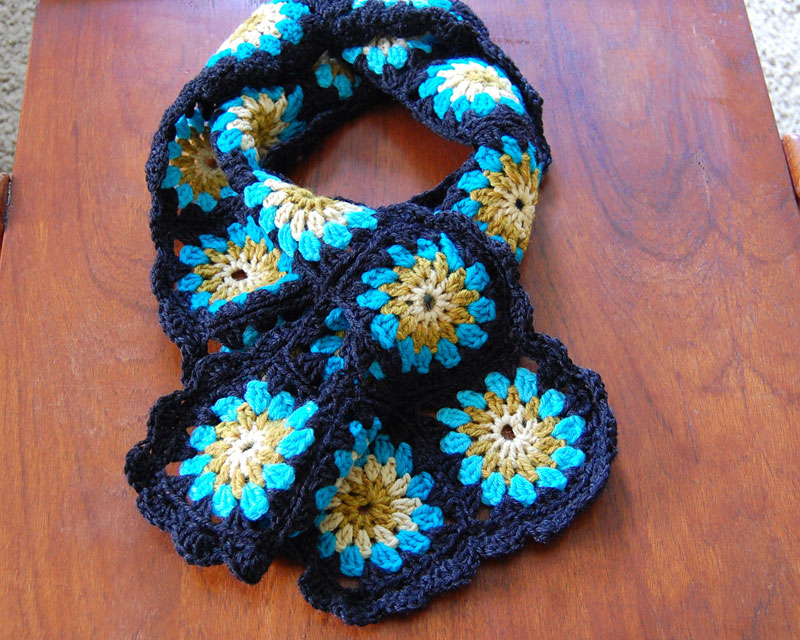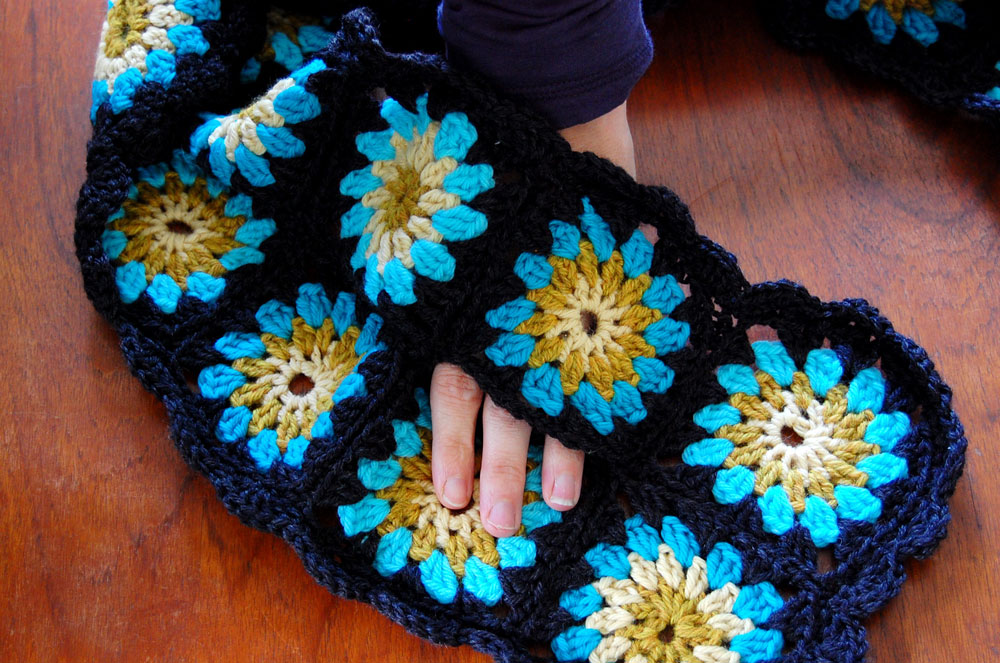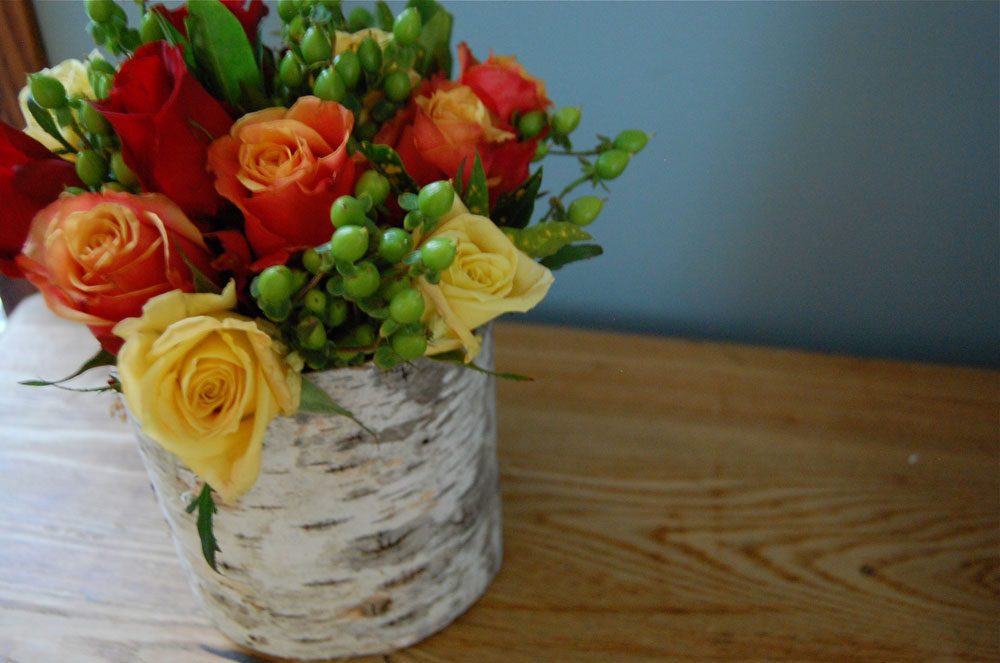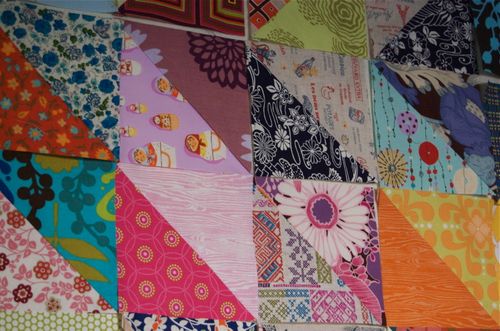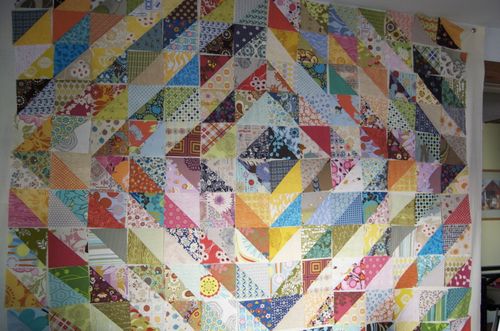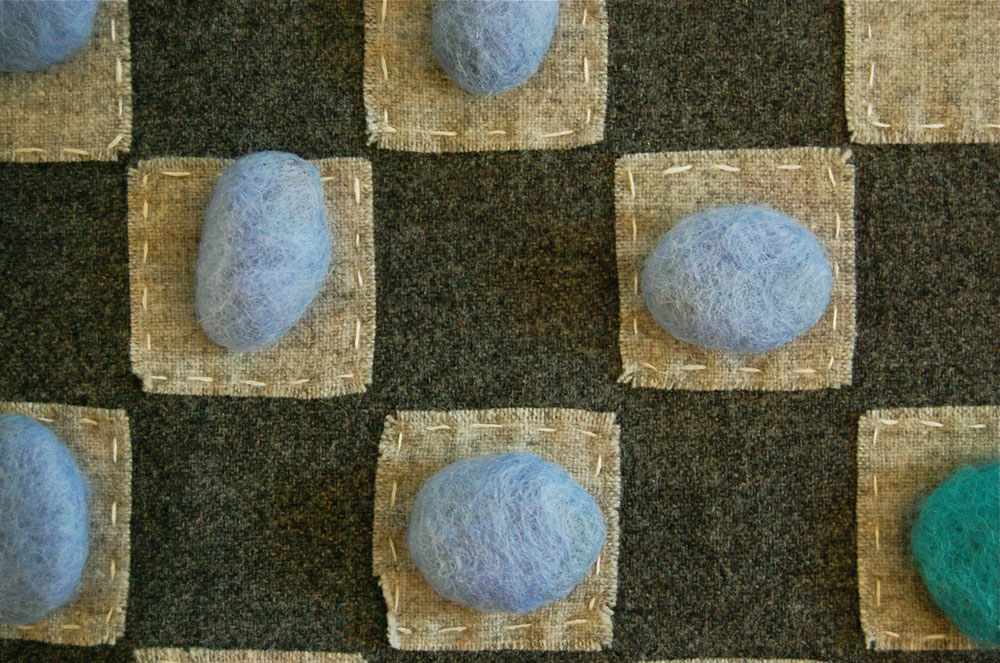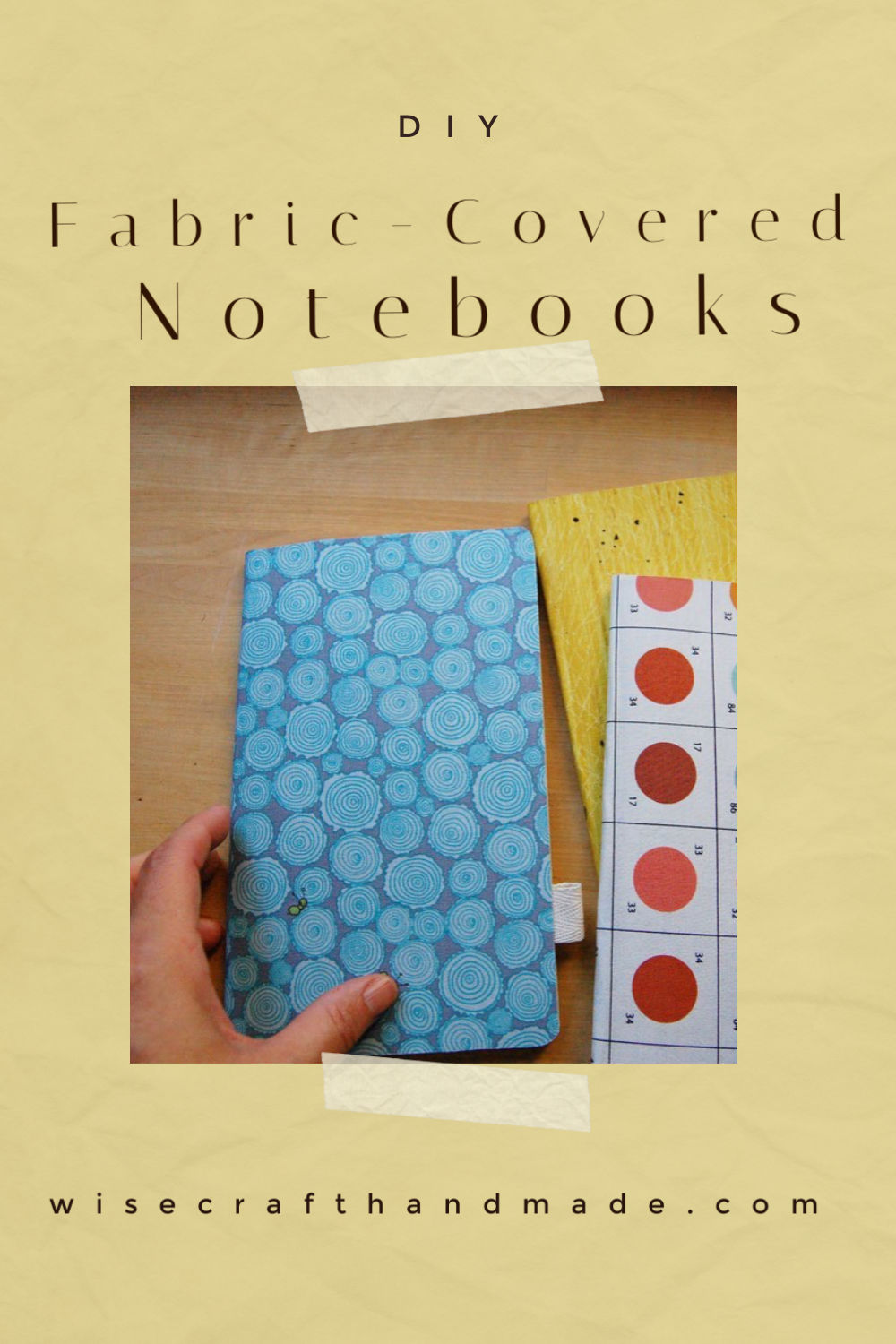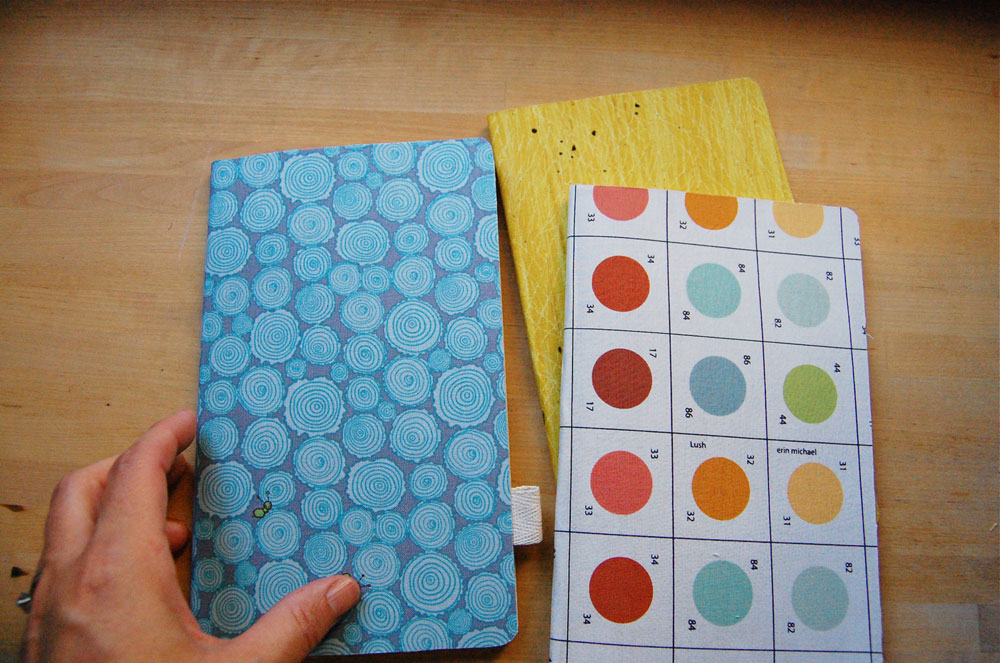Quilting For Beginners: How To Make a Nine Patch
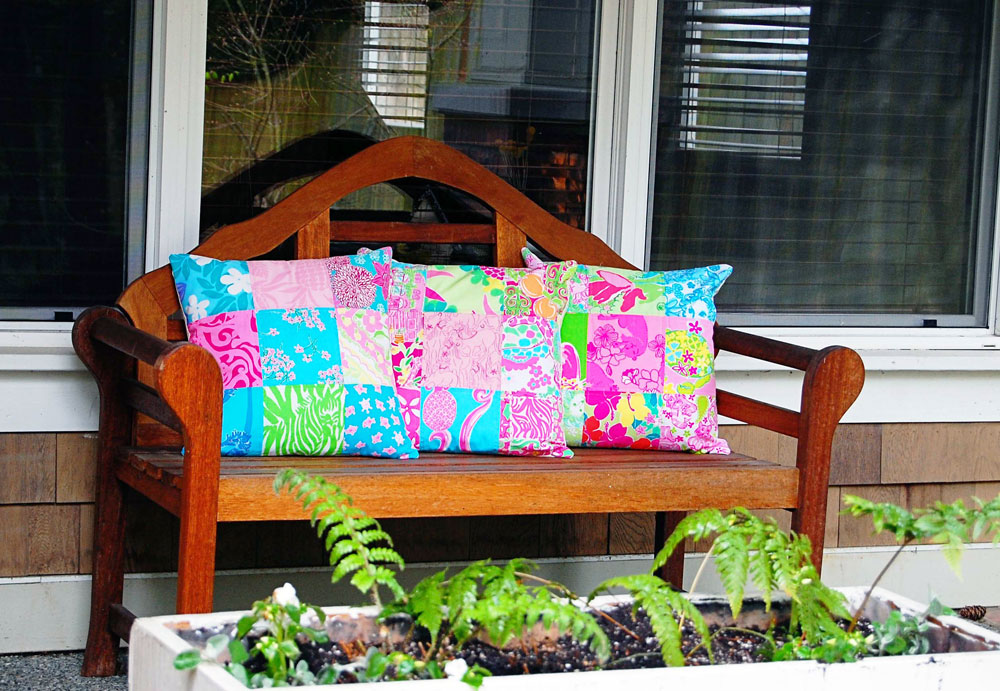
First of all, hope everyone had a lovely Mother’s Day! Mine was, um, well, memorable. There were a couple of broken vacuums and a prompt 12pm arrival for the Star Wars Exhibit at PacSci when our tickets were actually for 12AM the previous night (don’t ask). I would not suffer through these kinds of days with just anyone, so I’m really lucky to have a family who loves me enough to suffer through them with me… and keep me laughing through it all.
Secondly, it occured to me that I do not show the actual process of sewing up what it is I show you on the blog these days nearly enough. This type of thing used to be normal for me, and if I’m going to keep blogging, what I’d love to do is to create some more how-to’s to explain the process, instead of assuming that everyone stopping by here already knows the basic steps.
Okay, pillows. I tend to change the pillows on our front porch bench at least twice a year. I use the same pillow inserts over and over, just change the covers. This year, giving a nod to our recent vacation off the coast of Florida, I decided to give a fun nod to my East Coast roots and go totally preppy, using some Lily Pulitzer scraps to make some quilted 9 patch covers. But really, a 9 patch pattern is a great use of any of your favorite scraps. (I found my Lily scraps from this etsy seller). I had enough to do the front of all 3 pillows shown above.
<><><><>

